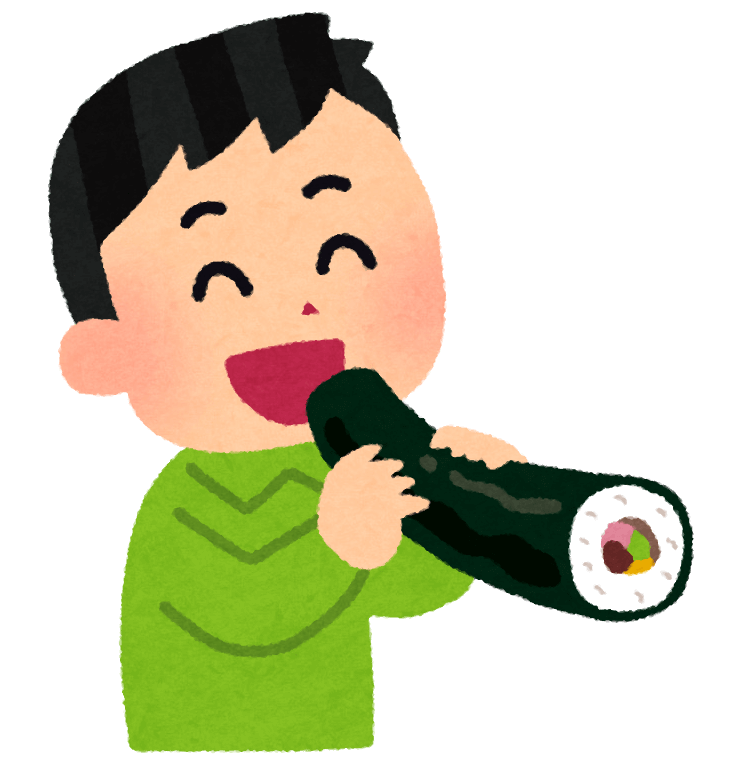Setsubun is the day that marks the boundary between winter and the beginning of spring, but you might have heard of it as the 'Japanese bean throwing festival'.
Unless you've spent a lot of time learning about Japanese culture, you might be wondering "What is Setsubun?".
Setsubun activities and Setsubun traditions each have their own significance, but many people probably don't know the specific meaning and way of doing things. We're going to introduce the Setsubun holiday in this blog so that everyone can enjoy it!
Have you signed up to ZenMarket yet?
Sign Up Now!
Setsubun Origin and History
First of all, what does Setsubun mean? Put simply, Setsubun in Japanese means 'the day before the seasons change'.
In Japan, there are four season - Spring, Summer, Autumn and Winter. Originally, the day before each of these seasons began was 'setsubun'.
Since ancient times, the most important of these four was the same Setsubun we celebrate today - the day before Spring. The customs and events comprising modern Setsubun celebrations are said to originate from 追儺 (tsuina), the ceremonial driving out of evil spirits held at the Imperial Court in the Heian Period.
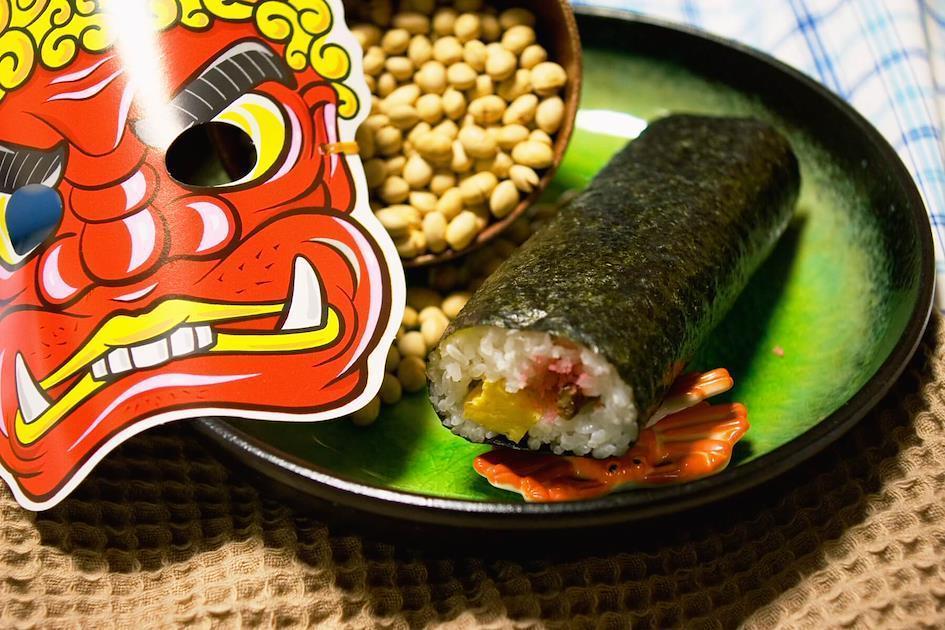
Also Read:ULTIMATE GUIDE TO NEW YEAR IN JAPAN
In the Heian Period, an exorcist called Hososhi would visit the Imperial Court with his followers to drive out evil spirits. In modern times, the same Setsubun ritual practices are still carried out to ward off demons and evil spirits.
When is the Setsubun festival in Japan?
Every year, Setsubun matsuri is held on February 3rd, the day before Spring begins. However in 2021, for the first time in 124 years, Setsubun was held on February 2nd.
Traditional ways to spend Setsubun
Setsubun has been considered a seasonal event since ancient times, but how should we spend it? Here are some tips for how to enjoy the Setsubun festival:
Mamemaki (Bean-throwing)
The first way to spend Setsubun is 豆まき (Mamemaki, 'Bean-throwing').
It's said to be good for the head of the house and people in unlucky years to throw beans. They throw the beans from the back of the house toward the entrance while saying "鬼はそと、福はうち" ("Oni wa soto, fuku wa uchi") meaning "Oni outside, good luck inside" to drive out oni (demons).
In some areas, peanuts, rice cakes, sweets, mandarins, oranges, or other regionally unique items are thrown instead of beans for practical reasons, such as being easier to tidy & clean up afterward, or their availability.
Why did Setsubun beans start being thrown in the first place?
The tradition of bean throwing is said to have come from China, where it was called 魔滅 (mame) and held the meaning of praying for good health.
So what is the connection to Setsubun oni?
In an old tale, villagers who were troubled by a human-eating demon cried out to the kami (deities/gods), who then thought about how to stop the oni from eating people.
One of the kami had an idea, and gave the oni a roasted bean and said "If you plant the bean in a field and it sprouts, you will be allowed to continue eating people". Since the bean was roasted, it naturally didn't sprout, so this 'setsubun demon' had to stop. That's why Setsubun soybeans are always roasted.

BUY SETSUBUN THROWING BEANS
Another interesting fact is that the throwing beans are often referred to as '福豆' (ふくまめ - 'lucky beans') because of their involvement in driving demons and bad luck out of the household.
Eating Beans
The second way to spend Setsubun is to eat beans.
As mentioned above, since ancient times, Setsubun has been thought of as the first day of the year, so there is an idea that "everyone gets older on Setsubun", so during the celebrations people eat a number of the setsubun bean of choice (roasted soybeans), equal to their age plus one.
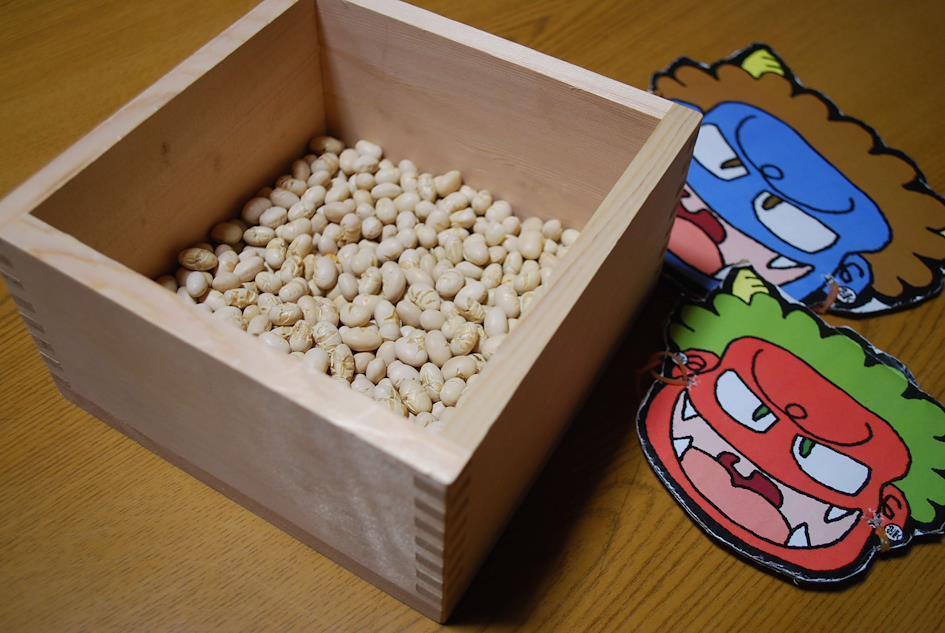
There are also some areas where beans are eaten as a 'New Year's cleansing/exorcism', and others with the customary saying "体が丈夫になり、風邪を引かない" (karada ga jōbu ni nari, kaze o hikanai), meaning "For a healthy body, and not catching a cold".
BUY BEANS & SNACKS FROM JAPAN
Eating Sardines
The third way to spend Setsubun is to eat sardines.
Sardines have a unique fishy smell when grilled, and in some areas it is believed that this smell will keep demons away from homes. Mainly in Western Japan, there is a custom of grilling and eating sardines as Setsubun food because of this.
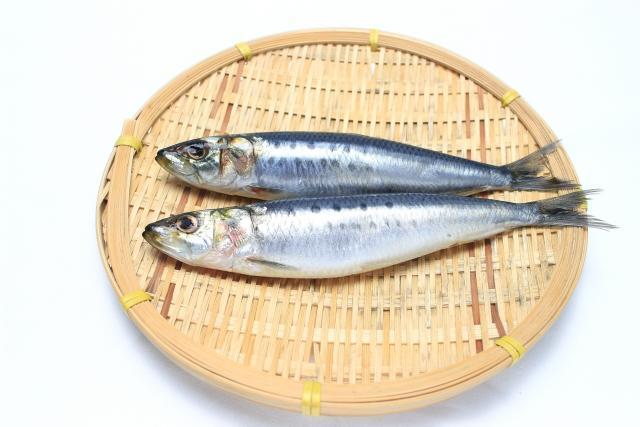
There is also a custom of sticking a sardine's head into a holly tree and placing it at the entrance. The scent of sardines has the meaning of preventing demons from invading, and the thorns of holly trees exterminate them. The custom of eating sardines on Setsubun is unique to Western Japan, and is rarely seen in Eastern Japan.
Eating Ehomaki ('Lucky Direction Sushi Roll')
The fourth way to spend Setsubun is to eat a Setsubun sushi roll called 'Ehomaki'.
Ehomaki has its roots in Osaka from the Edo period to the Meiji period. It is said to have started with eating a whole roll of futomaki (sushi roll) to celebrate Setsubun or to pray for prosperous business.
Geisha and merchants would put futomaki on their heads while playing games, with Japanese wordplay meaning that they would receive 'fortune for prosperous business'. At that time, it was called 'marukaburi-zushi' or 'futomaki-zushi' instead of 'ehomaki'.
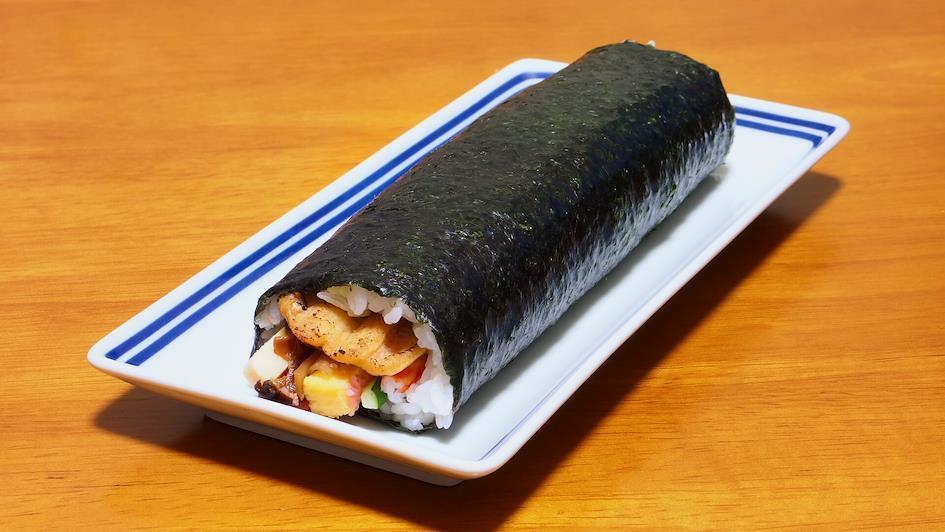
While Setsubun Ehomaki continues to be popular in modern society, its roots lie in convenience stores. In 1989, a major convenience store chain in Hiroshima Prefecture marketed and sold Marukaburi sushi under the name 'Ehomaki' and it sold very well. From there, it spread to convenience stores all over the country, and was also sold in supermarkets and department stores.
Enjoying Setsubun at home
Every year, large-scale bean-throwing events are held at shrines and temples on Setsubun, but it's also fun to enjoy Setsubun at home with your family.
Often somebody will dress up as a Setsubun oni, and the remaining household members will throw beans at them to drive the oni out.
You can buy Setsubun mamemaki bean-throwing sets with Oni masks online! Sounds fun, right?
Now you know about the origins of Setsubun and how it's celebrated in different regions of Japan. What do you think? Hopefully you can get involved too!
Please be careful when holding a Setsubun event at home.
Every year, people are rushed to the Emergency Room from choking on ehomaki or beans. Ehomaki in particular, which is eaten whole, might get stuck in your throat due to the toughness of the nori seaweed, so please chew thoroughly before swallowing.
BUY SETSUBUN ITEMS FROM JAPAN
Other Interesting things about Setsubun
It might have seemed like Setsubun was just an ancient custom, but isn't it amazing that it has changed with the times and is still enjoyed as part of Japanese culture today?
For Setsubun there are also cases where peach branches are used instead of holly. This seems to be derived from the gods "Izanagi and Izanami" who appear in the 古事記 (Kojiki, "Records of Ancient Matters") and 日本書紀 (Nihon Shoki, "Chronicles of Japan"), the two oldest written records from Japan.
It can be said that, just like the history of Japan, Setsubun is a custom that has been handed down since the birth of Japan. Now we know some Setsubun facts, let's celebrate so that we can get rid of the bad luck and have a bright year!
